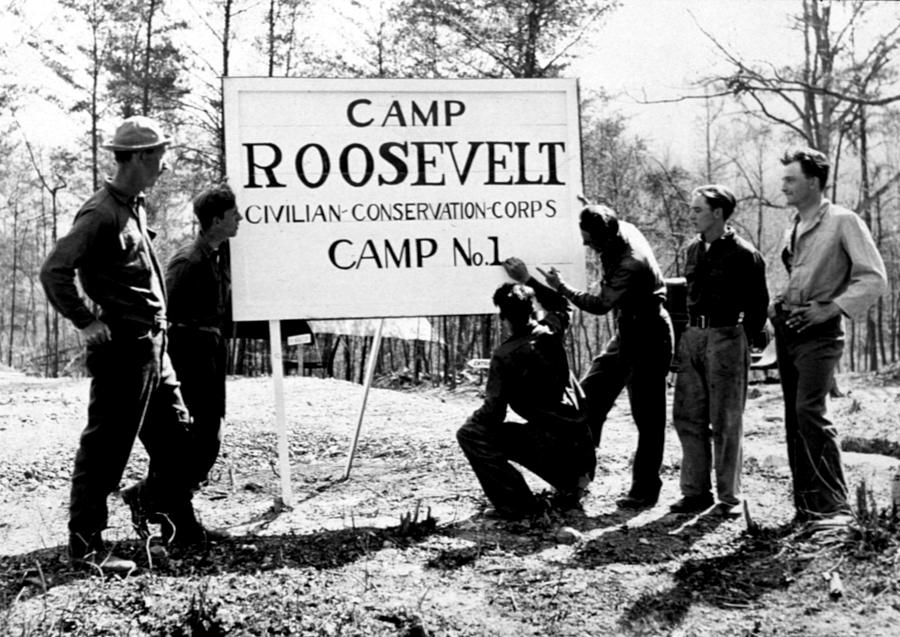BarnBuster
Virtually Unknown Member

Polio, a disease that has affected humanity throughout recorded history, attacks the nervous system and can cause varying degrees of paralysis. Since the virus is easily transmitted, epidemics were commonplace in the first decades of the 20th century. The first major polio epidemic in the United States occurred in Vermont in the summer of 1894, and by the 20th century thousands were affected every year. In the first decades of the 20th century, treatments were limited to quarantines and the infamous “iron lung,” a metal coffin-like contraption that aided respiration. Although children, and especially infants, were among the worst affected, adults were also often afflicted, including future president Franklin D. Roosevelt, who in 1921 was stricken with polio at the age of 39 and was left partially paralyzed. Roosevelt later transformed his estate in Warm Springs, Georgia, into a recovery retreat for polio victims and was instrumental in raising funds for polio-related research and the treatment of polio patients.
Salk, born in New York City in 1914, first conducted research on viruses in the 1930s when he was a medical student at New York University, and during World War II helped develop flu vaccines. In 1947, he became head of a research laboratory at the University of Pittsburgh and in 1948 was awarded a grant to study the polio virus and develop a possible vaccine. By 1950, he had an early version of his polio vaccine.
Salk’s procedure, first attempted unsuccessfully by American Maurice Brodie in the 1930s, was to kill several strains of the virus and then inject the benign viruses into a healthy person’s bloodstream. The person’s immune system would then create antibodies designed to resist future exposure to poliomyelitis. Salk conducted the first human trials on former polio patients and on himself and his family, and by 1953 was ready to announce his findings. This occurred on the CBS national radio network on the evening of March 25 and two days later in an article published in the Journal of the American Medical Association. Dr. Salk became an immediate celebrity.
In 1954, clinical trials using the Salk vaccine and a placebo began on nearly two million American schoolchildren. In April 1955, it was announced that the vaccine was effective and safe, and a nationwide inoculation campaign began. Shortly thereafter, tragedy struck in the Western and mid-Western United States, when more than 200,000 people were injected with a defective vaccine manufactured at Cutter Laboratories of Berkeley, California. Thousands of polio cases were reported, 200 children were left paralyzed and 10 died.
The incident delayed production of the vaccine, but new polio cases dropped to under 6,000 in 1957, the first year after the vaccine was widely available. In 1962, an oral vaccine developed by Polish-American researcher Albert Sabin became available, greatly facilitating distribution of the polio vaccine. Today, there are just a handful of polio cases in the United States every year, and most of these are “imported” by Americans from developing nations where polio is still a problem. Among other honors, Jonas Salk was awarded the Presidential Medal of Freedom in 1977. He died in La Jolla, California, in 1995.






